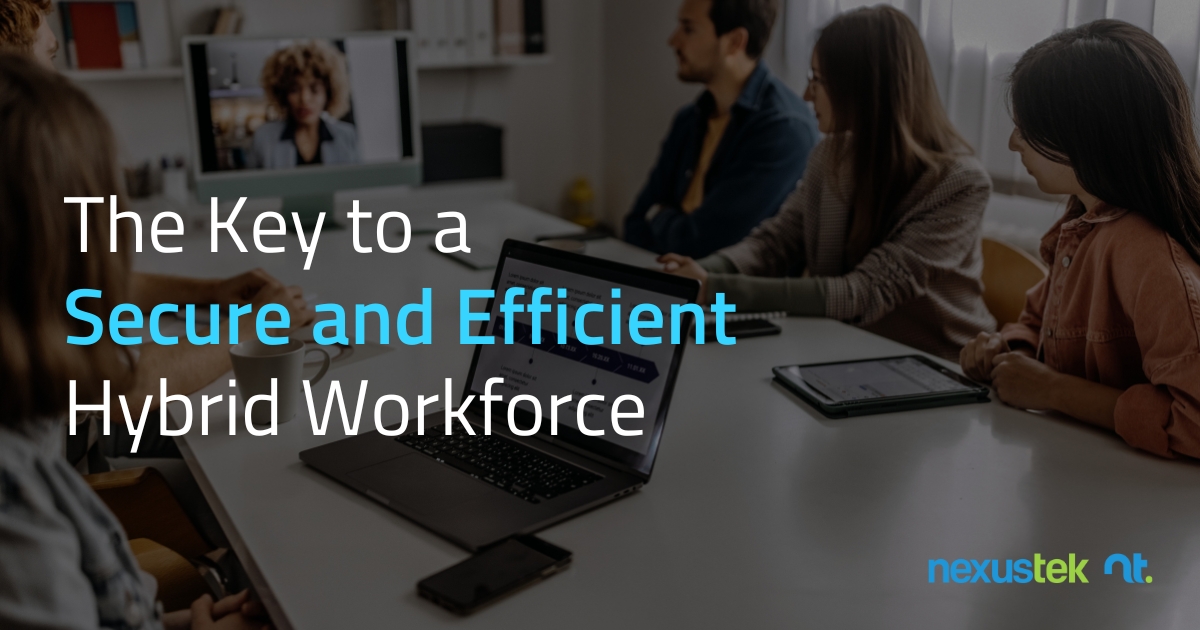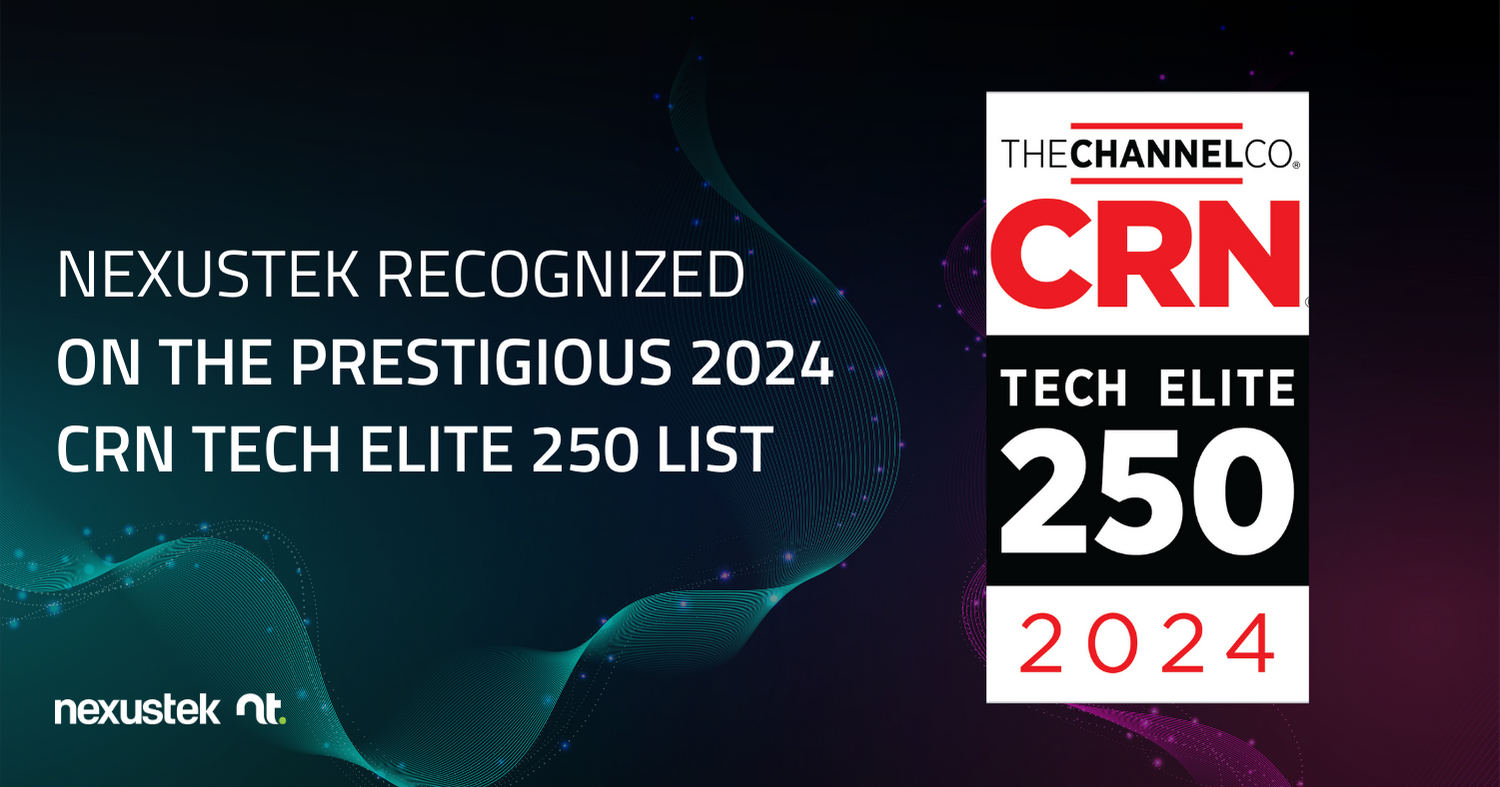Denver, CO, April 29, 2024 —NexusTek, a leading national Managed Service Provider, is pleased to announce the appointment of Hamilton Yu as its new Chief Executive Officer (CEO). Hamilton’s appointment comes as Bill Wosilius steps down as CEO of NexusTek, after 5 years of driving growth and unifying a company that had acquired several other tech companies at the time of his arrival in 2019.
Hamilton brings over 28 years of experience and expertise to his new role at NexusTek, having recently served as the CEO of Taos (an IBM company) prior to joining the NexusTek team. During his tenure at Taos, Hamilton spearheaded transformative initiatives, saw the implementation of innovative delivery models and the infusion of new cloud capabilities, resulting in faster, more cost-effective, and reliable services for clients.
Before his tenure at Taos, Hamilton played a pivotal role as an executive overseeing the Enterprise Voice AI Customer Care Platform at Nuance Communications, a company later acquired by Microsoft. Hamilton’s journey in the tech industry began at Accenture, where he laid the foundation for his technical acuities.
“I am excited to join NexusTek and lead the company into its next chapter of success. Building on the strong legacy NexusTek has created, I look forward to further enhancing our offerings and delivering even greater value to our customers,” said Hamilton. “With the emergence of generative A.I., and the growing need for businesses to capitalize on the latest capabilities around cloud and cybersecurity, it’s an exciting time for businesses to accelerate their growth and realize new efficiencies.” Hamilton continued, “With a relentless focus on innovation and customer satisfaction, I look forward to collaborating with the talented team at NexusTek to elevate our services and drive positive outcomes for our customers.”
In addition to Hamilton’s appointment, NexusTek is pleased to announce the appointment of Bobby Christian as the Executive Chairman of the NexusTek Board of Directors. Bobby currently serves as the Chief Commercial Officer at Deepwatch, a leading managed security platform for the cyber resilient enterprise. Bobby’s extensive experience in the technology and cybersecurity sectors will provide valuable insights and guidance as NexusTek continues to innovate and expand its service capabilities.
“We are excited about the appointment of Hamilton Yu as CEO and Bobby Christian as Executive Chairman of the NexusTek Board,” said Brian St. Jean, Partner at Abry Partners, a leading North American Private Equity firm invested in NexusTek. “Hamilton and Bobby’s leadership and expertise will be instrumental in driving NexusTek’s continued success. Their appointment underscores NexusTek’s commitment to drive growth, innovation, and providing businesses with the highest quality services and solutions to meet their evolving needs. We thank Bill Wosilius for his 5 years of contributions to NexusTek and his efforts to position the company for an exciting next phase of growth.”
With Hamilton Yu at the helm and Bobby Christian leading the Board of Directors, NexusTek is poised for continued growth and success as it remains at the forefront of delivering innovative technology solutions to businesses across the United States.

















